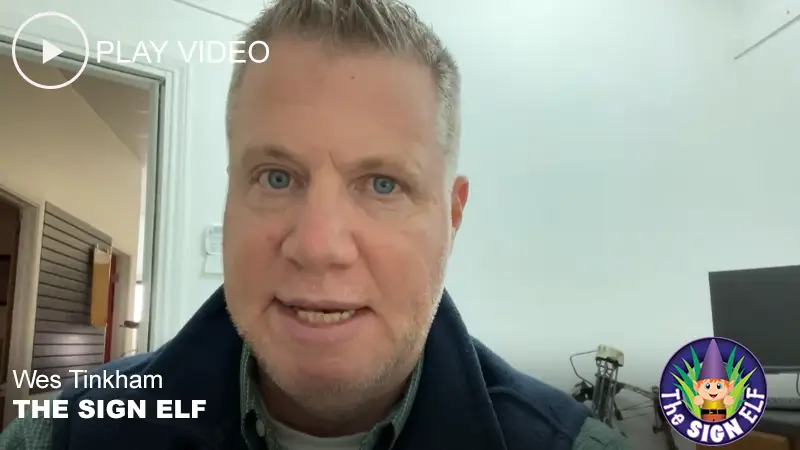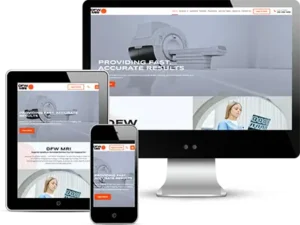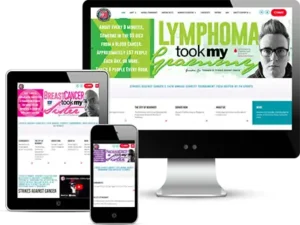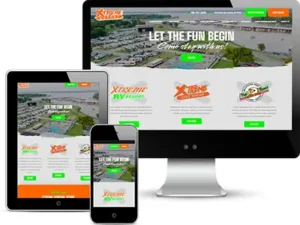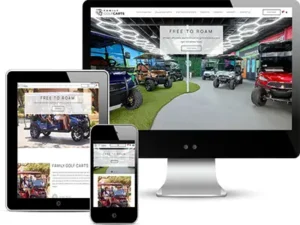#1 Rated Dallas Web Design Company

300+ Reviews

195+ Reviews

80+ Reviews

60+ Reviews

A+ Rated
Some Of Our Recent Web Design Clients
What makes Red Spot Design one of the best website design agencies in Dallas and the USA?
We focus on YOU – the client!
Customers First
At Red Spot, you will NEVER be treated like a number. We have designed thousands of websites from small mom-and-pop websites to multi-million dollar company websites, and as any of our Dallas web design clients will tell you, we provide personal service and always listen to our client’s needs no matter how large or small their web design project may be.
Honest & Ethical
With hundreds of web design companies in Dallas, TX, and around the country, how do you know who to choose? It starts with TRUST, and being a Dallas Better Business Bureau Accredited Business provides trust. We believe in honesty and integrity and treating our clients right.
Amazing Reviews
Don’t take our word for it…we’ll let you see what our clients say about us. Visit our testimonials pages to see some of the many testimonials from our happy clients that make Red Spot Design one of the Top Dallas Web Designers.
Our Web Design and Digital Marketing Services
In this digital age, you need to be sure your website gives a great first impression. Your website is the 24/7 representation of your business, and you want your website to represent your business in the best way possible. We know the importance of excellent website design that looks great on all devices and that converts visitors to customers.
Do you need to sell your products online? Our robust feature rich ecommerce shopping cart website design is key in your online success. From one product to hundreds of products, our shopping cart software is for all sizes and types of ecommerce websites. Our shopping cart packages are completely customizable, easy to use, and packed with the features and flexibility that merchants need to succeed online.
Get your website in front of the people looking for your services. With our expert search engine optimization / digital marketing service, your website will rise in your local market search results. Our team has years of experience mastering the SEO process, and we serve businesses that are working with both small and large budgets.
Pay-per-click (or PPC) advertising is a great way to increase qualified traffic to your website. The great thing about Pay-Per-Click is that significant results can be instant. The key to Pay-Per-Click is ROI. Our team can deliver a custom PPC campaign for Google Ads or Facebook Ads to help you increase both conversions and revenue for your company.
Customer reviews can make or break your business. Did you know – 85% of consumers trust online reviews as much as personal recommendations? Positive reviews make 73% of consumers trust a local business more. Consumers read an average of 7 reviews before trusting a business. Our review management service can help your company grow your review reputation.
Do you know why visitors respond to specific websites yet are entirely turned off by others? The answer lies in the delivery of words! Words really do have power, and when written in an honest, conversational style, they can definitely influence the reader. Our content writers can create excellent marketing content that can help with search engine optimization and converting visitors to clients.
Ready To Talk About Your Project?

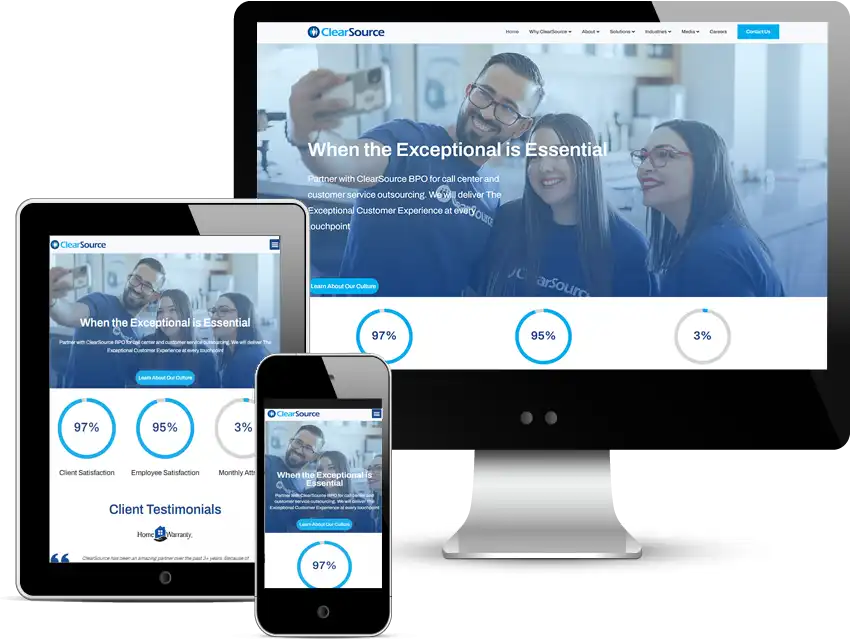
From Our Blog
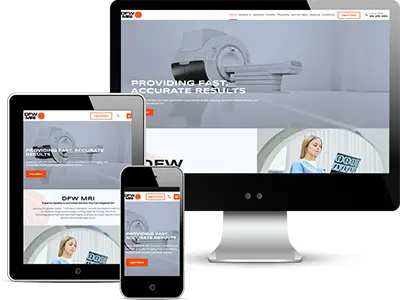
New Website for DFW Open MRI in Dallas
https://youtu.be/n2uTuryXooA Visit the DFW Open MRI website – dfwopenmri.com DFW Open MRI, located in Dallas, Texas, came to us with a clear vision: they wanted to transform their outdated WordPress site into a modern, informative, and easy-to-navigate website. We’re excited to share the results of our collaboration. Design and
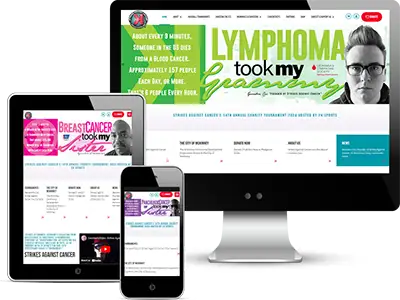
Website Re-Design for Strikes Against Cancer Non Profit Organization
https://youtu.be/cNMtG6GT6jo Visit the Strikes Against Cancer website – strikesagainstcancer.org Since 2010, Strikes Against Cancer has been a client of Red Spot Design. We helped them launch their non-profit organization with their first website and since then have helped with many website updates. When Strikes Against Cancer approached us with the
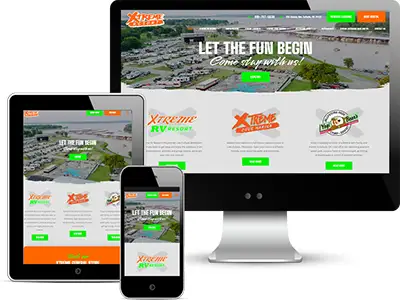
Revamping the Xtreme Resort Website
https://www.youtube.com/watch?v=KoqJORYQ8xQ Crafting the Ultimate Lakeside Experience: The Xtreme Resort Website Transformation Welcome to our latest project showcase the Xtreme Resort website transformation. We’re thrilled to walk you through our journey with Xtreme Resort, nestled by the serene Lake Eufaula in Oklahoma. Xtreme Resort, encompassing Xtreme RV Resort, Xtreme Cove Marina,
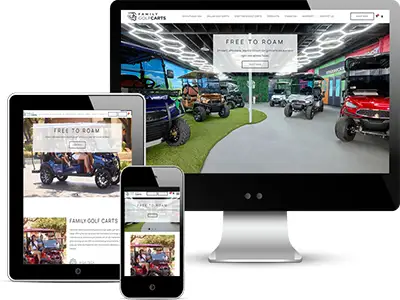
New Custom eCommerce Website for Dallas Texas based Family Golf Carts
Visit the Family Golf Carts Website – familygolfcarts.com Creating an online presence is essential for businesses, and at Red Spot Design, we are committed to bringing our clients’ visions to life. Our latest project with Family Golf Carts, a new business selling efficient, affordable electric lithium-ion golf carts based in
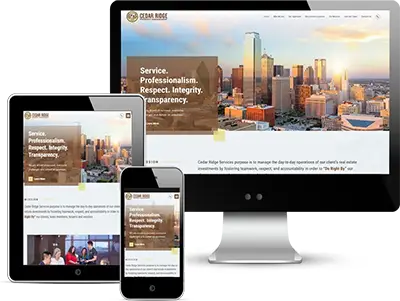
New Custom WordPress Website for Dallas Texas based Property Management Company
Visit the Cedar Ridge Property Management Website – cedarridgepm.com Cedar Ridge Property Management, based in Dallas, Texas, recently decided it was time for a website upgrade. They chose Red Spot Design after reading many of our hundreds of website design testimonials. The goal was to revamp their site into something
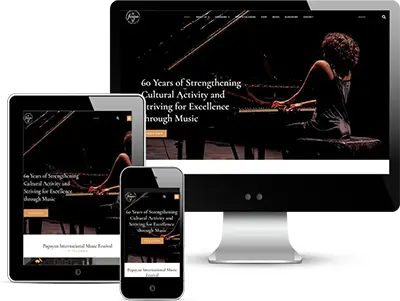
Revamping the Popayan International Music Festival Website
Popayan International Music Festival, a renowned cultural event based in Colombia, approached Red Spot Design with a challenge – to breathe new life into their outdated WordPress website. The client sought a fresh, modern design while retaining the convenience of the WordPress Content Management System (CMS). Gathering Insights To kickstart
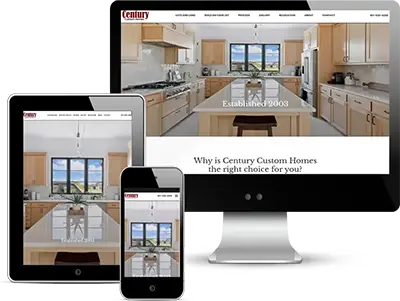
Home Builder Website Design for Century Custom Homes – Before and After
Creating a Cutting-Edge Home Builder Website Design Introduction: A Partnership Forged in Innovation Red Spot Design, a leader in the web design industry, has consistently been at the cutting edge of creating unique and effective digital solutions for a wide range of clients. Among them is Century Custom Homes,
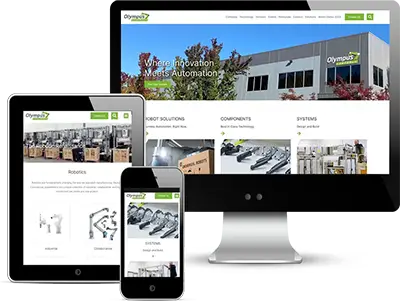
WordPress Website Redesign for Robotics Automation Company
Visit the Olympus Controls Website – olympus-controls.com Crafting a Digital Presence for Olympus Controls In the dynamic world of web design, blending aesthetics with functionality is an art. When Olympus Controls, a leading robotics and automation company based in Tualatin, Oregon, approached us at Red Spot Design, they were
Website Designer Rated #1 in Dallas
Top Rated Web Design Services in Dallas. We have Creativity, Professionalism, and excellent Customer Service.
In this age of technology and state-of-the-art communication, creativity, professionalism, and excellent customer service are often in short supply. Many web design companies no longer provide the personal touch; some even take too long to respond to a company’s needs. At Red Spot Design, things are different. We know the importance of excellent website design services, search engine optimization (SEO), and reliable web hosting, but even more importantly, we know the value of excellent customer service. View our hundreds of 5-star web design testimonials to see what our clients have said about our web design services.
Providing the Best Web Design Services For Your Business – Bringing Ideas & Originality Together!
The goal at Red Spot Design is to provide affordable web design services that are without equality. In fact, it is Red Spot Design’s intention to listen carefully to your needs, construct a custom website design that fits well with your company’s culture, produce copy that communicates professionalism, and at the same time, offer personalized attention that clearly shows we care. Our ultimate objective is to help you with greater internet exposure, a strong search engine presence, increased website traffic and a larger return on investment. We bring ideas and originality together to make your business visually attractive, dynamically presented, and effectively optimized.
Your Goal is To Achieve… Our Goal is To Help You! Highly Reviewed Online Web Design Specialist in the Dallas.
To achieve on the Internet and develop a superior online presence that attracts a solid following, you need more than a creative website design firm; you need a website design team that understands the ins and outs of the web, business, and people. We at Red Spot Design fulfill that criterion to the letter and our website design testimonials prove that to be true. Browse our website to read further about our Dallas web design agency and discover the services we provide locally and around the globe. We offer professional solutions with skill, expertise, and attention to detail. With hundreds of 5-star web design testimonials, you can see what our clients have said about our web design services.
Best Professional Web Design Development Near You – One of the best Dallas Web Design Agencies.
We are one of the best web design agencies in Dallas, TX. We do complete web design services at affordable cost. Since 2001, Red Spot Design has created thousands of websites at affordable cost, mainly in Dallas. This extraordinary fulfillment has come because our affordable websites are created with marketing your business in mind, look beautiful, and are sold at a meager cost. As a Dallas web design and internet marketing agency, we offer affordable website design, e-commerce shopping cart web design, internet marketing, and website hosting for small and medium-sized businesses. At Red Spot Design, we listen to your needs before we ever start on a project, and then we follow up by producing a web design that communicates effectively with your target audience.
Choosing a local Dallas, Texas web design company has numerous benefits for businesses looking to establish an online presence. Firstly, working with a local company means that you have direct access to the company. This can be especially helpful when it comes to communicating your ideas, requirements, and getting regular updates about the project progress.
Another advantage is that local Dallas web design companies are familiar with the local market, culture, and business climate. They understand the unique challenges and opportunities of the local business community and can leverage that knowledge to create a website that resonates with your target audience. A website that is tailored to the local market will be more effective in attracting and retaining customers.
Moreover, a local web design company can offer you a more personalized service. As a small business, you’re likely to receive a higher level of attention and care, and your project will be a priority for the company. The web design team will take the time to understand your business, its goals, and objectives, and create a website that truly reflects your brand.
Additionally, working with a local web design company can be more cost-effective. With lower overhead costs, local companies can offer competitive prices, without sacrificing quality or creativity. You also avoid the costs and risks associated with working with an offshore or remote team. Furthermore, in the event of any technical issues or changes to the website, you can easily schedule a meeting or visit the office for assistance.
Finally, supporting a local business can have a positive impact on the local economy and community. By choosing a local web design company, you’re supporting the growth of a local business, which in turn creates jobs and contributes to the local economy. This also helps to strengthen the community and foster a sense of pride in local businesses.
Working with Red Spot Design as your local Dallas, Texas web design company offers a range of benefits for businesses looking to establish an online presence. From personalized service and cost-effectiveness, to local market knowledge and community impact, choosing Red Spot Design for your web design company can be the best decision for your business.
Personalized Service: Working with a local Dallas website designer allows for a more personalized service, as the designer will have a deeper understanding of your business and its needs. This can result in a website that more accurately reflects your brand and meets your specific goals. Red Spot Design is located in Dallas just off I635 near I35 and the best customer service in the business, as our hundreds of Google reviews will show.
.
Local Market Knowledge:
A local Dallas web designer will deeply understand the local market and can use that knowledge to create a website that appeals to your target audience. This can help increase your website’s effectiveness in attracting and retaining customers. Red Spot Design has been providing web design in Dallas, Texas, since 2001, and we know what it takes to help Dallas businesses succeed. We are also A+ Rated with the Dallas Better Business Bureau and have many Web Design Awards and Recognitions.
Convenient and Accessible: Working with a local website designer makes it easy to schedule in-person meetings if needed and get regular updates on the progress of your project. This can be particularly helpful in ensuring that your website is developed to your specifications. With the nature of website design all communication can easily be done via email, phone calls, and Zoom meetings but Red Spot Design is always happy to do a face-to-face meeting with our Dallas web design clients.
Cost-effective: Local Dallas website designers often have lower overhead costs, allowing them to offer competitive prices without sacrificing quality or creativity. Additionally, working with a local company eliminates the risks and costs associated with working with remote or offshore teams. At Red Spot Design, we offer high quality affordable website design services in Dallas, Texas, and Nationwide.
Community Impact: Choosing a local Dallas website designer can have a positive impact on the local economy and community. Supporting a local business helps to create jobs and contribute to the local economy, strengthening the community and fostering a sense of pride in local businesses. We live, work, and play in this area, so we are eager to see all our Dallas web design clients succeed in their businesses.
No, you do not necessarily have to use a local Dallas-based company for website design. While there are many benefits to working with a local company, such as personal attention and local market knowledge, ultimately, the choice of where to get your website designed will depend on your specific needs and preferences.
If you have a strong preference for working with a local company or if your business requires a deep understanding of the local market, then a local Dallas-based web design company would be the best option. However, if you do not have such a requirement, you can also consider working with a remote or offshore company, as long as they have a proven track record and can deliver the required quality and service.
Ultimately, the most important thing is to find an award-winning web design agency that can deliver a website that meets your needs and supports your business goals. Whether that company is local or not is a secondary consideration.
Choosing Red Spot Design as your local web design company in Dallas, TX, is smart for businesses and individuals looking to develop a website. With personalized service, local knowledge, affordability, and strong community ties, Red Spot Design offers a high-quality solution tailored to your specific needs and budget.
Providing Website Design and Digital Marketing for the entire Dallas Metroplex and beyond since 2001. View more about our service areas.



